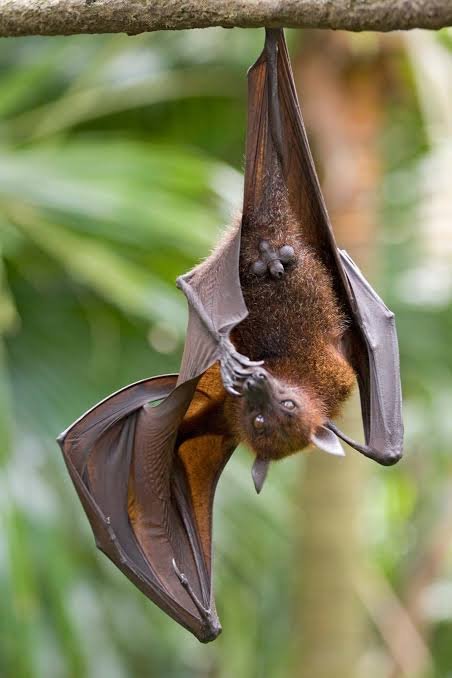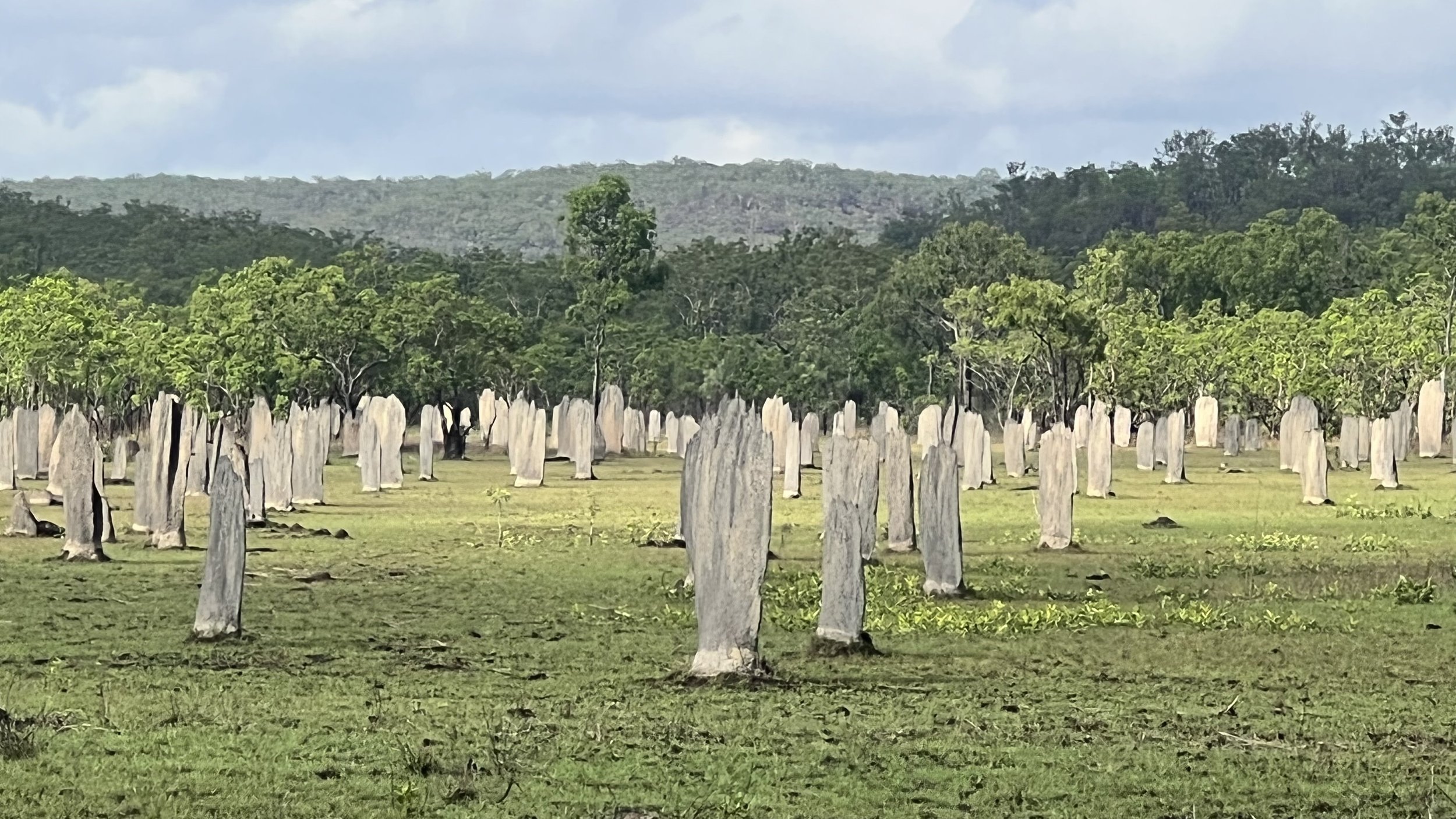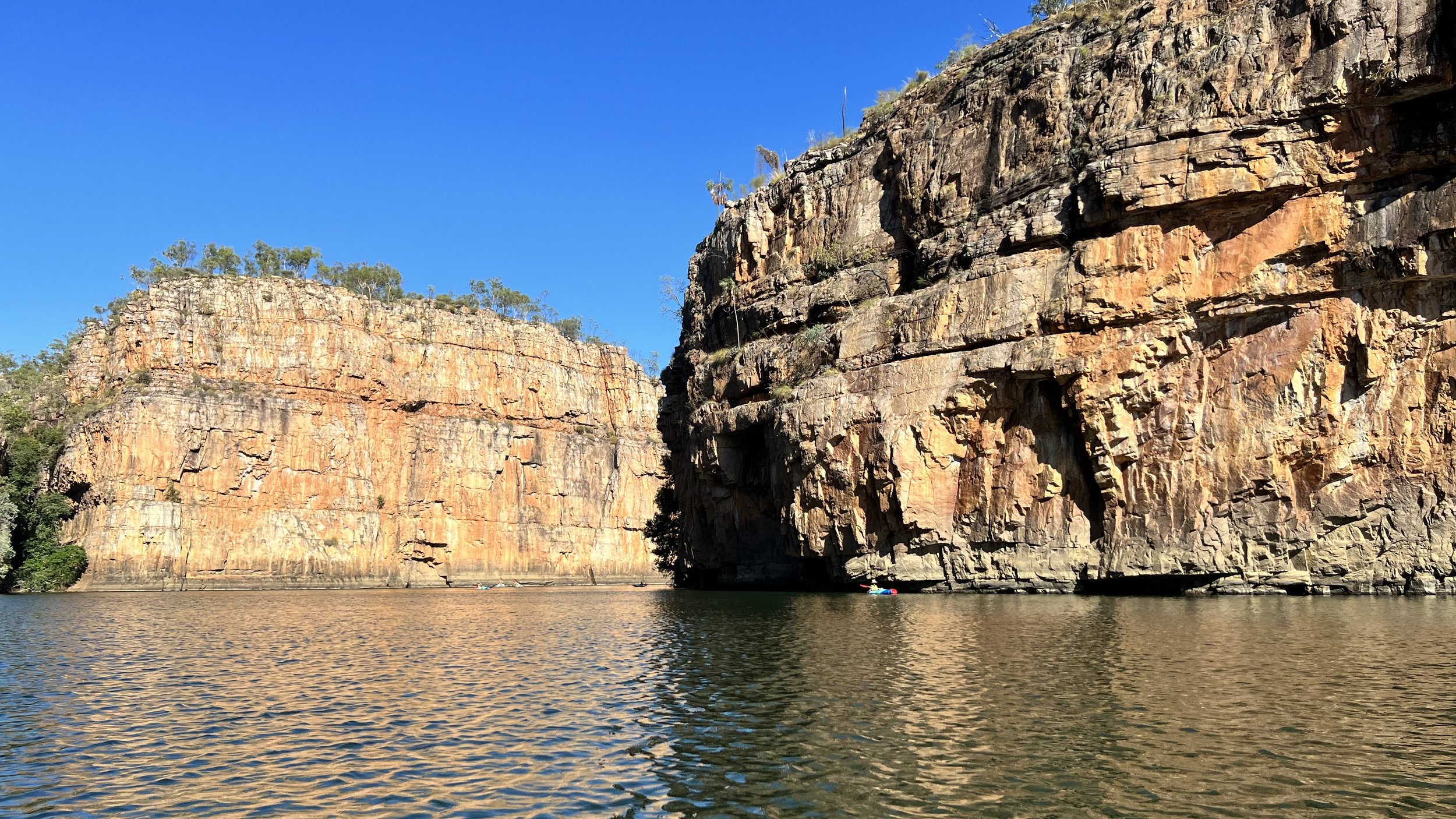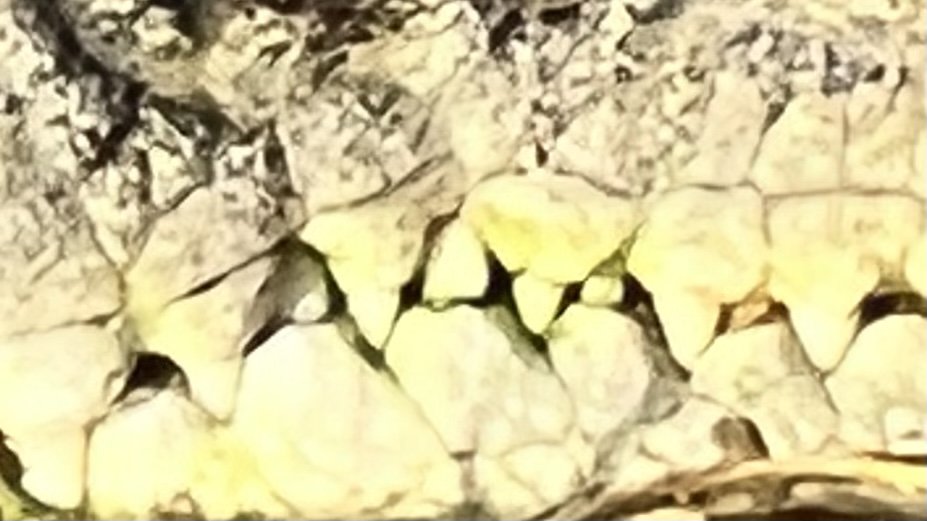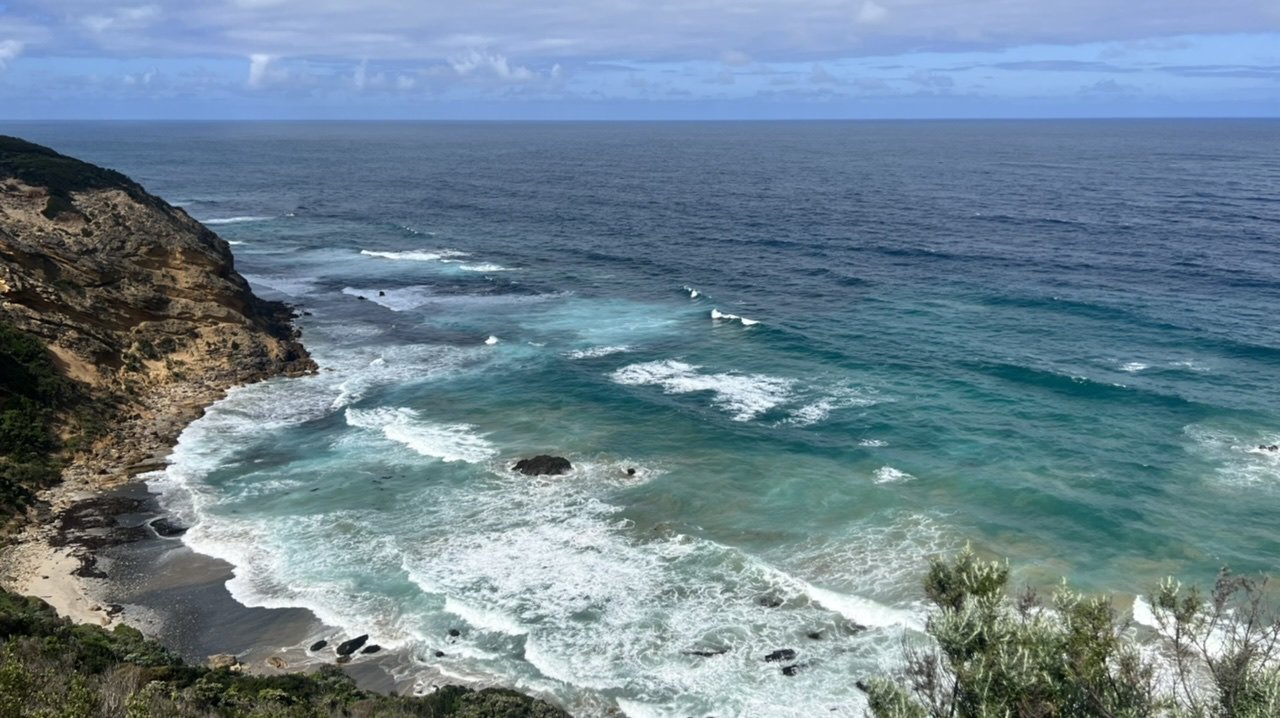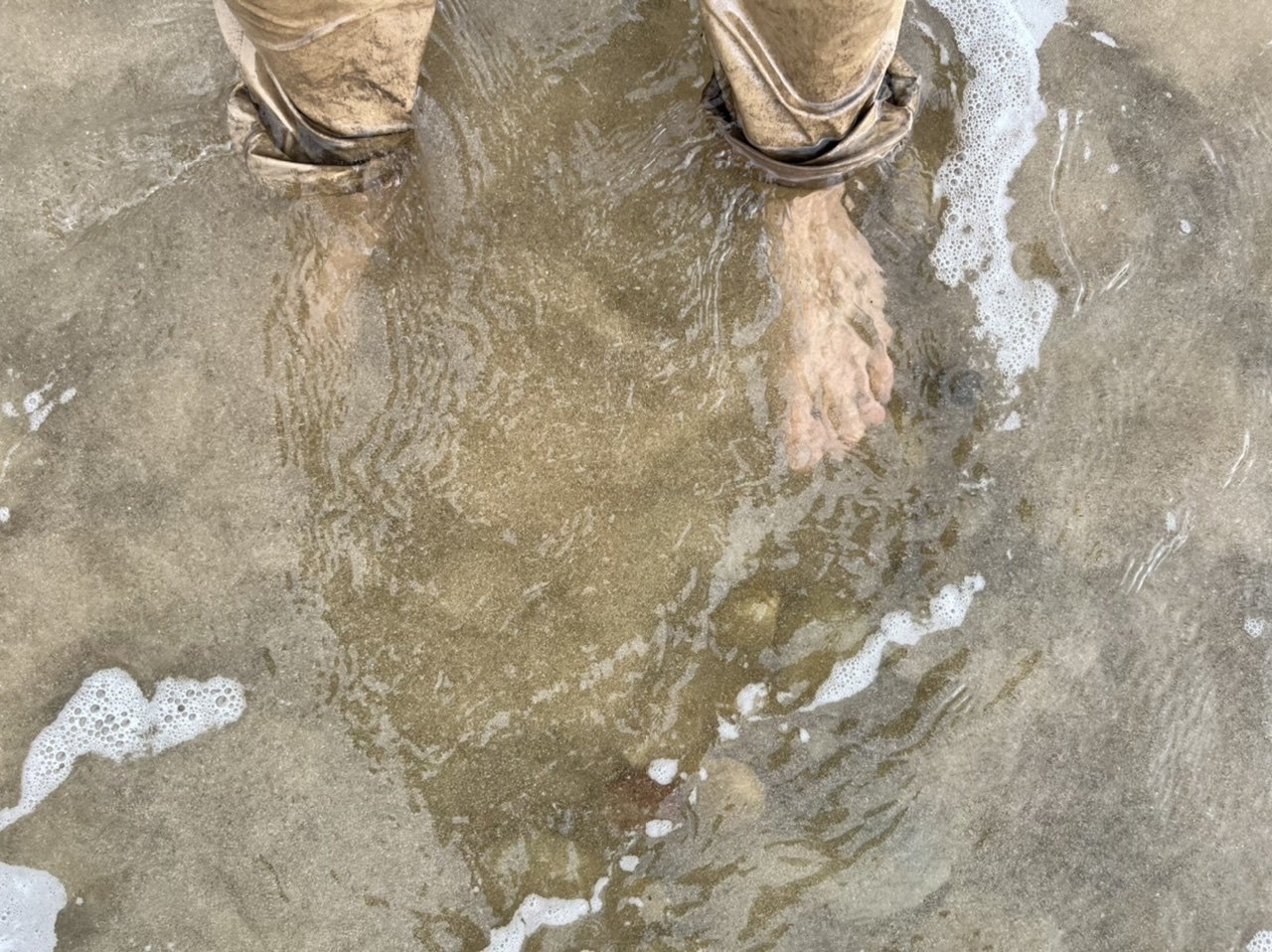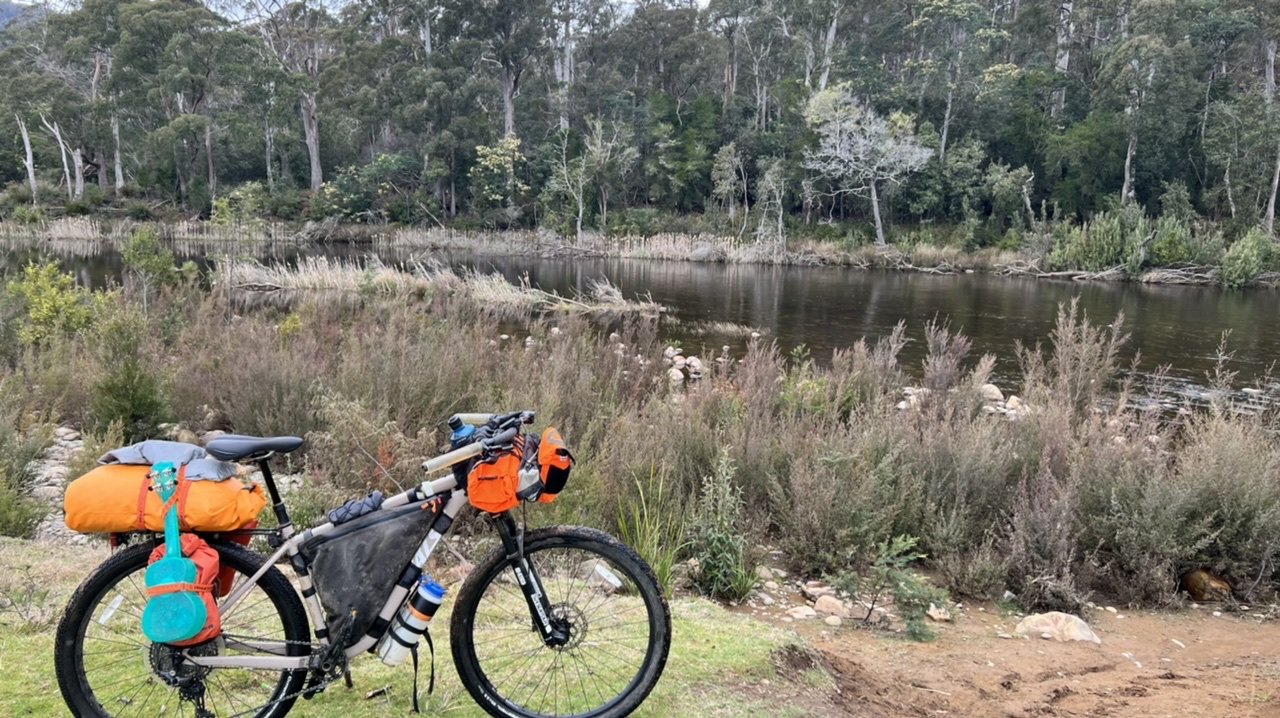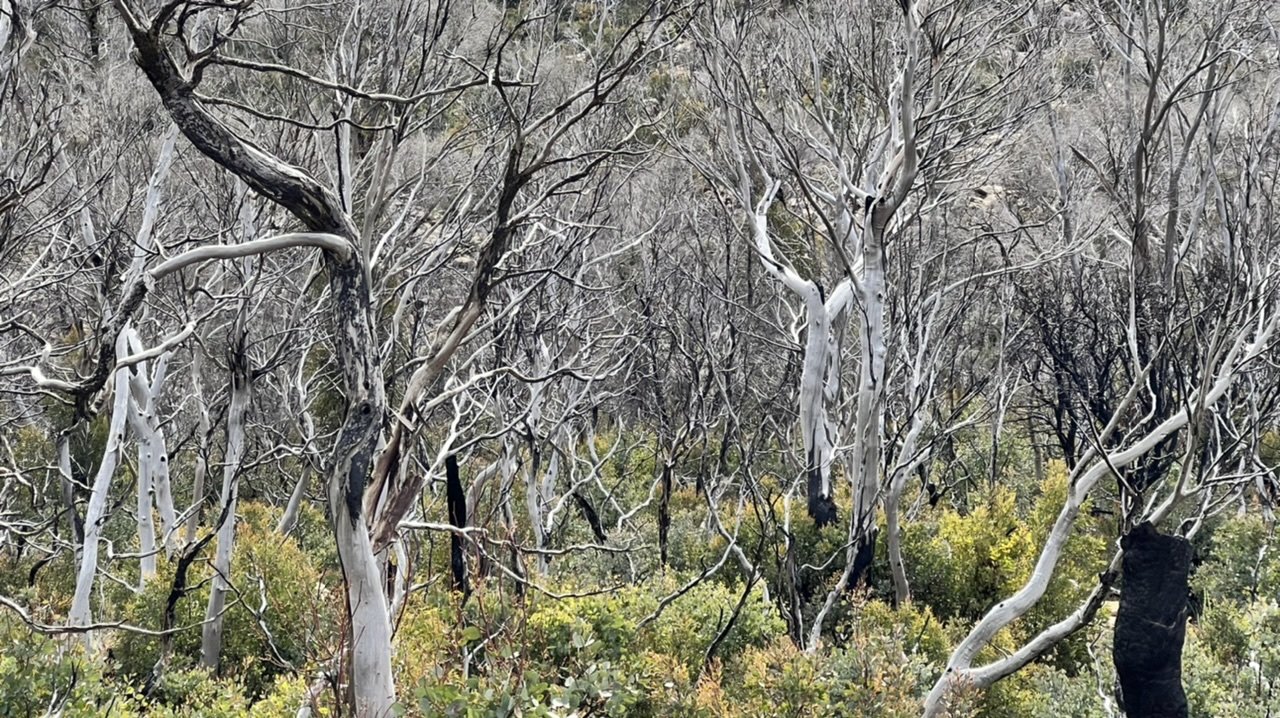You Shall Not Pass This Up
I have some time to catch up on the blog because my new Advanced Alien Technology is waterproof and I have to lounge in this hot tub until my legs relax. Today I biked up Mount Ruapehu, aka Orodruin, aka Mount Doom. I couldn’t hike as far as Sam and Frodo did because I didn’t bring an ice axe and crampons, but riding as far as I did was good training for next week. 3,300 feet of elevation gain in ten miles, more than half of that in the last three.
Ruapehu is not in Wellington, but tons of other Tolkien stuff is. Tons of hills and MTB tracks too, so more good training. I wasn’t there for the elves and trolls, though. I was there for research purposes, and to give a talk at Victoria University of Wellington. My hosts were beyond generous, and perfectly polite as they grilled me after the talk. Not like Gandalf. He’s such a grumpy gus.
But I won’t bore you with the philosophy. At least not yet. Let’s focus on Tolkien instead. The Weta Workshop tour is touristy as hell and is absolutely worth two hours of your time.
Look, if they’re going to take the time to give the trolls snotty boogers, you should take the time to see what else they’re willing to do.
I saw their swordsmith at work on his grinding wheel, and also got to chat with the dude who oversaw all kinds of cool practical effects in Isengard. Major nerd. My kind of people.
Right up the hill from my gorgeous B&B—with a name like Booklovers, how can you not stay there?—is where they shot the hobbits on the road hiding from the Nazgûl. It’s right on a MTB trail, so two birds, one stone.
Rivendell isn’t far, and it’s right on the way to the Dimholt Road.
Speaking of Rivendell, I never did tell you about my jacket. Not the best rain jacket I own (rain gets through it) but by far the best when it comes to being seen by drivers at night. I am Steve the Gray by day and Steve the White in headlights.
Clearly made by the elves.
I had to do a bit of secondhand shopping in Wellington, to wear something nice to the university. Bikepacking gear doesn’t cut it. So I stopped in what folks down here call an op shop (“opportunity shop”; all the secondhand stores are for charity) to get a makeover. By pure halfling luck I found four gorgeous paperbacks there by my favorite author. I couldn’t say no. They were published in 1973, the same as me. Obviously Booster has no room for them, so I’m mailing ‘em home.





















